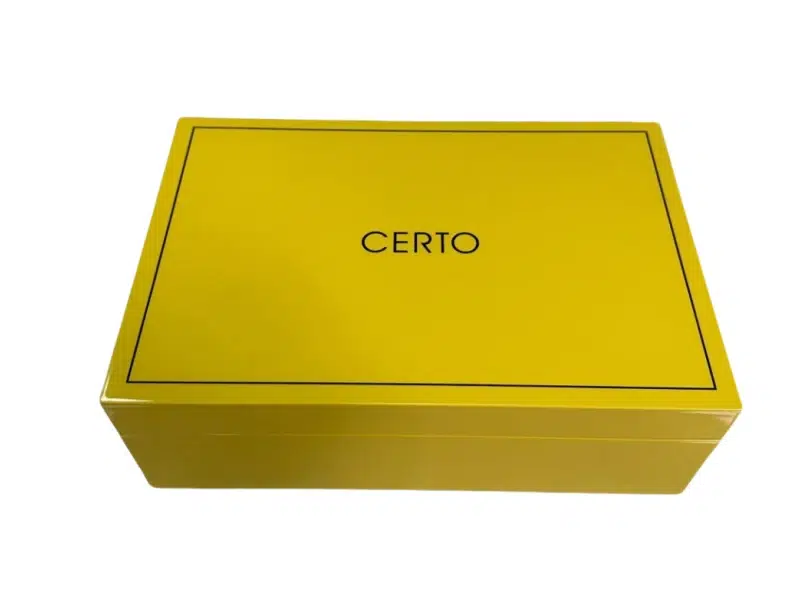
High-gloss gift boxes require absolute precision during every stage of lacquer application. But even with perfect craftsmanship, environmental factors like temperature, humidity, and dust can make or break the final result.
So what are the ideal environmental conditions for flawless, defect-free, mirror-finished packaging?
Let me break it down based on years of experience running a finishing workshop that produces high-gloss wooden boxes for luxury brands around the world.
How do temperature and humidity levels1 affect lacquer curing2 y surface quality3?
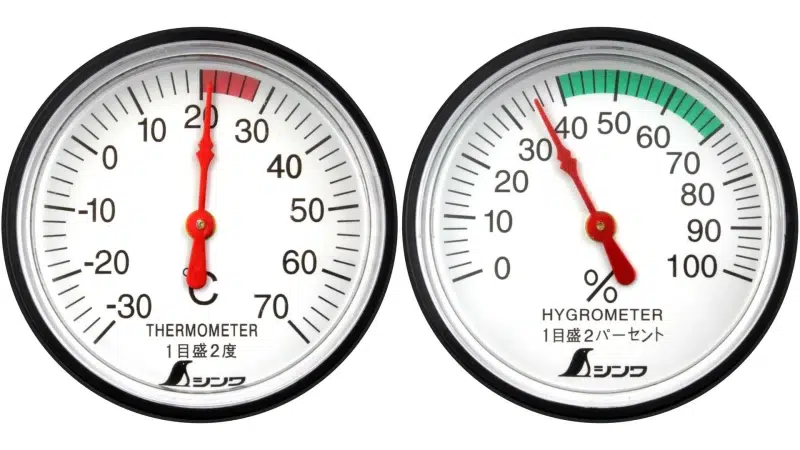
Temperature and humidity directly affect how lacquer flows, flashes, and cures. Even small fluctuations can cause blushing, bubbling, orange peel, or cracking.
If you want that smooth, glass-like finish, you need full control over the climate.
Ideal Ranges for Lacquer Application
| Factor medioambiental | Gama recomendada |
|---|---|
| Temperatura | 20–25°C (68–77°F) |
| Relative Humidity | 50–60% RH |
Problems Caused by Poor Conditions
- Too Cold (<18°C): Lacquer becomes too viscous → uneven spray pattern, slow curing.
- Too Hot (>28°C): Lacquer dries too fast → surface crusting, solvent entrapment.
- Too Dry (<40% RH): Increases static → attracts dust.
- Too Humid (>65% RH): Causes blushing (cloudy white patches) and soft surfaces.
In summer, we run industrial dehumidifiers. In winter, we warm the space before spraying. These adjustments make all the difference in finish quality.
Why is air circulation important in a high-gloss finishing workshop?
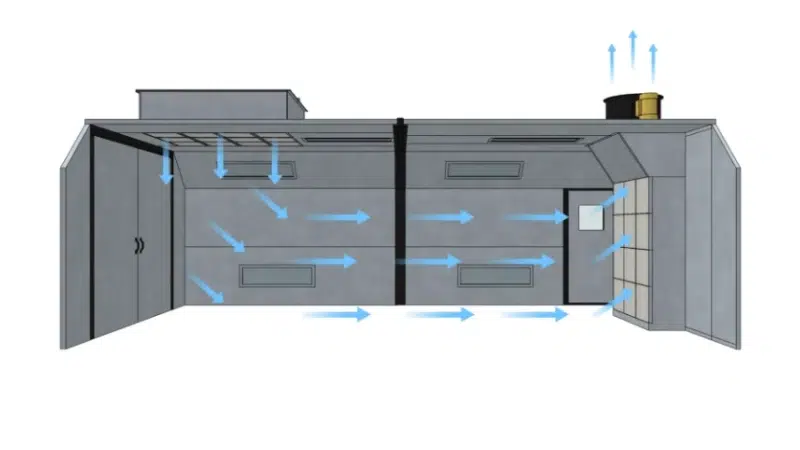
Airflow helps maintain consistent drying, prevents overspray buildup, and controls airborne particles. But it has to be controlled. Too much, and you stir up dust. Too little, and you get haze or solvent fog.
Key Airflow Requirements
✔ Laminar Airflow4: Smooth, horizontal or vertical flow that moves particles away from the surface.
✔ Positive Pressure System5: Prevents dirty air from entering the booth by maintaining higher internal pressure.
✔ Exhaust Fans with Filters6: Removes solvents and airborne droplets while filtering outgoing air.
✔ Fresh Air Intake with HEPA Filtration: Ensures incoming air is clean, particle-free, and climate-controlled.
What Happens Without Proper Circulation?
- Settling Dust: Air stagnation allows particles to fall onto wet lacquer.
- Uneven Drying: Surfaces close to walls or floor dry differently than those in open air.
- Inconsistent Gloss: Solvent mist may settle on the finish, leaving a dull film.
We replaced our basic exhaust system with a cross-flow downdraft booth two years ago—defects dropped by 80%.
What role does dust control play in preventing surface imperfections?
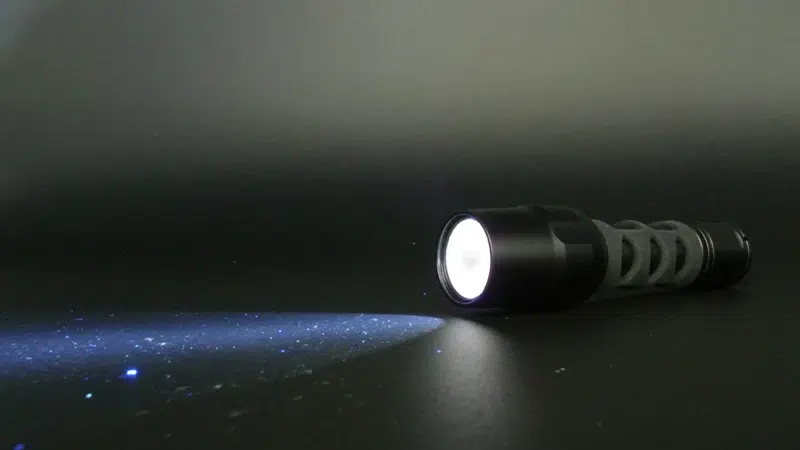
Even the smallest dust particle becomes a visual defect under a high-gloss finish. That’s why dust control7 is one of the most important—and most overlooked—parts of high-end box production.
Where Dust Comes From
- Airborne Fibers: Clothing, rags, cardboard packaging.
- Foot Traffic: Shoes track in debris from outside.
- Sanding & Cutting Areas: Fine wood dust can linger for days.
- HVAC Systems: Unfiltered air ducts distribute fine particles.
Dust Control Measures
✔ Sticky Floor Mats: Remove dirt from shoes before entry.
✔ Anti-Static Cleanroom Clothing: Reduces fiber shedding and dust attraction.
✔ Separate Sanding & Finishing Zones: Never sand where you spray.
✔ HEPA Air Filtration8: Filters 99.97% of particles ≥0.3 microns.
✔ Daily Wet Cleaning: Mops, not brooms—no dry sweeping.
In our finishing room, no cardboard, paper, or fabric enters. Even the box trays are plastic or metal to prevent fiber shedding.
How can lighting conditions impact visual inspection during production?
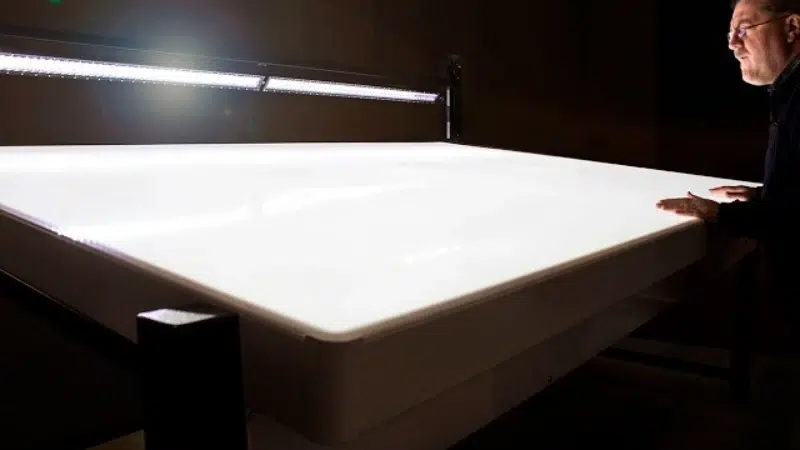
Lighting doesn’t just help us see defects—it influences how we perceive color, gloss, and surface texture. Proper lighting is a core part of quality control in luxury finishing.
Ideal Lighting Setup
- D65 Daylight (6500K)9: Neutral white light for accurate color matching.
- Multiple Light Angles: Overhead + side light reveals depth and surface flaws.
- CRI > 90 (Color Rendering Index10): High-fidelity light source that reveals true color and defects.
- Spotlight Checks: Focused beam reveals swirl marks, dust, and surface waviness.
Common Mistakes in Workshop Lighting
- Relying on yellow fluorescent tubes11—inaccurate color and poor gloss visibility.
- Not checking the finish under retail lighting conditions (e.g., warm LEDs, halogen).
- Using uneven light—shadows hide surface texture like orange peel or haze.
We do final inspections in a booth with switchable lighting: D65 daylight, TL84 store light, and warm incandescent. If it looks good under all three, we know it’s flawless.
What equipment or setups help maintain a stable and clean production environment?
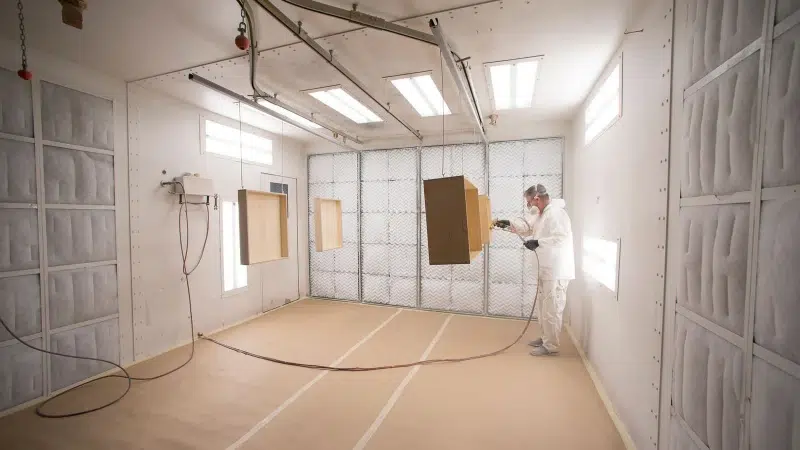
Maintaining ideal conditions isn’t about guesswork. It requires equipment that monitors, controls, and filters your environment 24/7.
Essential Workshop Equipment
✔ Spray Booth with Positive Pressure12
Keeps dust out and airflow consistent during application.
✔ HVAC with Dehumidifiers & Heaters
Maintains 20–25°C temperature and 50–60% humidity year-round.
✔ HEPA Filter System13
Multi-stage filtration of both intake and exhaust air.
✔ Anti-Static Floor & Workbenches
Reduces dust attraction on lacquer surfaces.
✔ Thermo-Hygrometers14
Tracks temperature and humidity in real time. Mounted on every wall in our booth.
✔ Zoned Workshop Layout
- Sanding → Isolated Room
- Spray Finishing → Controlled Booth
- Polishing & Buffing → Cleanroom-style table area
Since upgrading to a filtered downdraft booth with humidity control, we’ve gone six straight months without a single client return due to surface defects.
How do seasonal climate changes impact consistency in acabados de alto brillo15?

Seasonal shifts in temperature and humidity can ruin batch-to-batch consistency. What looks flawless in winter may crack or haze in summer—unless you account for the climate.
Seasonal Problems
- Summer: High humidity → lacquer blushing16, surface softening, extended cure times.
- Winter: Cold air → lacquer thickens, causes orange peel or uneven spray patterns.
- Spring/Fall: Variable conditions → unpredictable drying, gloss inconsistency.
How We Handle It
✔ Climate-Zoned Workshops: Separate AC and dehumidifiers in each work area.
✔ Batch Adjustments: Thinner ratios and spray pressure are adjusted based on air temp and lacquer viscosity.
✔ Cure Time Adaptation: Drying booths stay active longer in colder months.
✔ Environmental Logs: Every production run is logged with temperature, humidity, and batch notes for traceability.
Our clients often reorder months later. With climate records and process control, we can match finishes even a year apart.
Conclusión
Producing flawless high-gloss gift boxes isn’t just about the lacquer—it’s about everything in the air around it.
To eliminate defects and deliver consistency at a luxury level:
- Control your temperature and humidity within tight margins
- Isolate dust sources and maintain a clean, filtered workspace
- Use professional lighting to inspect every surface from every angle
- Adjust equipment and spray parameters as seasons shift
In high-end finishing, the environment is your second craftsman—and it never takes a day off.
-
Humidity plays a significant role in lacquer application. Learn how to manage it for optimal results in your projects. ↩
-
Understanding lacquer curing is essential for achieving the best finish. Explore this link to learn more about the process and its influencing factors. ↩
-
Surface quality is crucial for aesthetics and durability. Discover insights on how to enhance it through proper techniques and conditions. ↩
-
Understanding laminar airflow can enhance your finishing techniques and improve product quality. ↩
-
Learn how a positive pressure system can keep your workspace clean and improve air quality. ↩
-
Discover how exhaust fans with filters can enhance safety and efficiency in your workshop environment. ↩
-
Understanding dust control can significantly enhance product quality and reduce defects in high-end production processes. ↩
-
HEPA filters are crucial for maintaining a clean workspace, ensuring high-quality finishes and reducing imperfections. ↩
-
Exploring D65 Daylight will help you grasp its significance in achieving precise color matching and quality assurance in production. ↩
-
Understanding the Color Rendering Index can enhance your knowledge of how lighting affects color perception and quality control. ↩
-
Learning about the drawbacks of yellow fluorescent tubes can help you avoid common mistakes in lighting setups for better quality inspections. ↩
-
Explore how a spray booth with positive pressure can enhance your production environment by keeping dust out and ensuring consistent airflow. ↩
-
Learn about the importance of HEPA filter systems in maintaining clean air and reducing contaminants in your workspace. ↩
-
Discover how thermo-hygrometers can help you maintain optimal temperature and humidity levels for better production quality. ↩
-
Explore expert insights on maintaining high-gloss finishes to ensure quality and consistency throughout the year. ↩
-
Learn about lacquer blushing and prevention methods to enhance your finishing techniques and avoid common pitfalls. ↩





